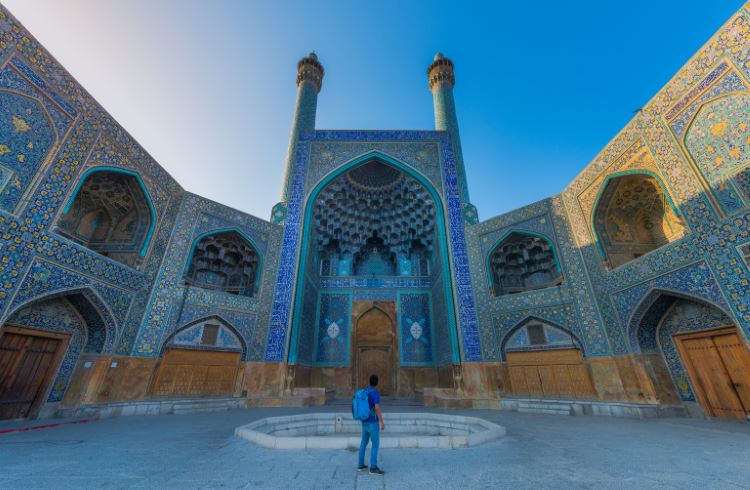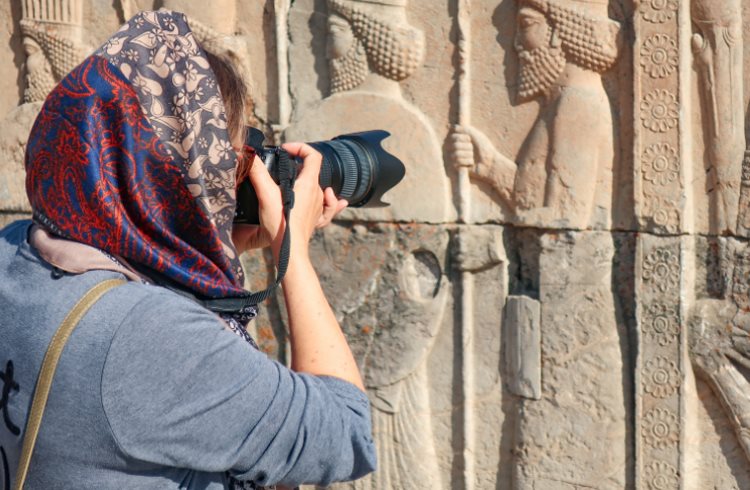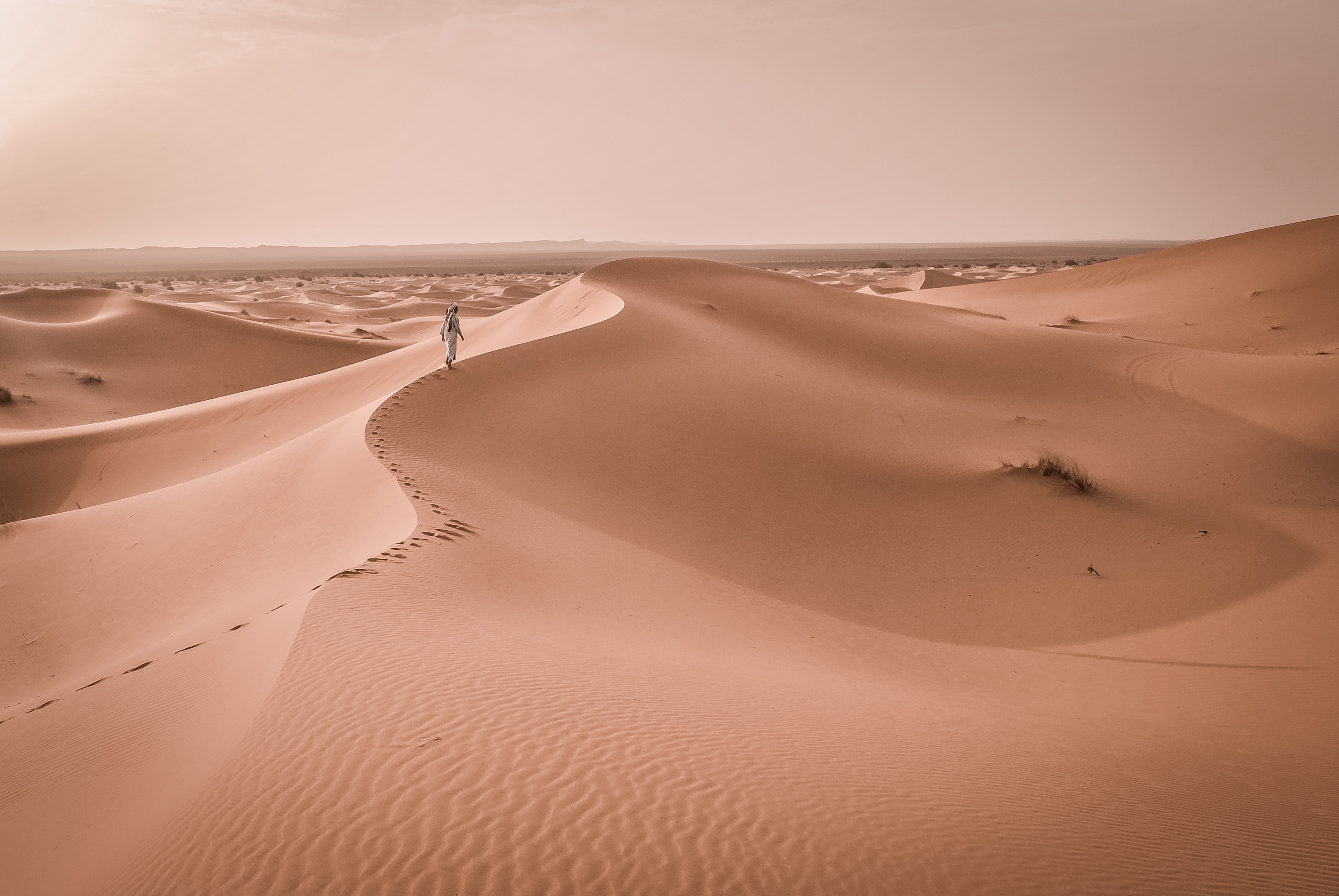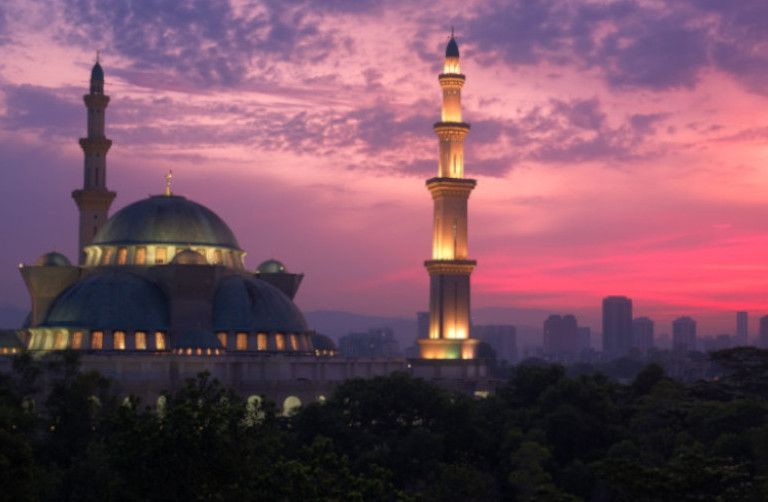What to Know When Visiting Iran: 5 Useful Travel Tips
Iran's conservative politics may make travelers wonder if it’s safe to visit. Yet those who make the trip will be rewarded with a bounty of attractions combined with some of the world’s warmest hospitality. Here's what to know about Iran tourism and why it's worth visiting.
 Photo © Getty Images/Mekdet
Photo © Getty Images/Mekdet
I’d been fascinated by Iran since flicking through my Dad's 1970s travel snaps as a child. And while I knew there was more to the former heart of ancient Persia than the headlines suggested, I was bowled over by the surprises it held for me once I visited, from Iran’s variety of landscapes to its hip urban coffee scenes.
While some surprises are nice, it's important to be as prepared as possible for a visit to Iran. Here are five things to consider when planning a trip.
- Basics: Visas, money, and getting around
- Etiquette in Iran
- Dress code in Iran
- Iranian hospitality
- There’s more to Iran than its cities
Basics: Visas, money, and getting around
Iran's visa system can be confusing and time-consuming, so be sure to allow plenty of time. As an Australian, I was eligible for a visa-on-arrival, but all visa applicants are currently advised to apply for an e-visa and get a reference number from Iran’s Ministry of Foreign Affairs in advance. If you’re from the US, the UK or Canada, not only will you need to secure a visa in advance, but you're also restricted to visiting on an organized tour. Dual passport holders should also be aware that Iran does not recognize dual citizenship; it considers dual citizens of Iran as Iranian citizens.
My visa allowed independent travel, but I opted to hire a certified, private local driver/guide. This was surprisingly affordable and allowed me to see more of Iran than would have been possible via public transport or on an organized tour, while benefiting from my guide Sufi's extensive knowledge. For advice on safe solo female travel in Iran, check out these tips.
Foreign credit and bank cards aren't accepted in Iran, so I brought all the cash I'd need in euros. Euros are widely accepted, but I exchanged some for Iranian rials for a fair rate at Tehran's airport, where I also purchased a local SIM.
Vegetarian? You won't go hungry in Iran, but menu options can be limited; in larger cities you’ll find a decent selection of plant-based restaurants and takeaway falafel shops. Mobility-restricted visitors may find Iran more challenging to navigate, with a reported 30% of public buildings accessible to people with a disability.
Etiquette in Iran
Known as taarof, the Persian art of etiquette can take a while to get your head around. This complex system of politeness calls for the initial refusal of things you want (such as an additional helping of food) before accepting. Similarly, if an Iranian refuses to take your money for a service, it's polite to insist until payment is accepted.
Social faux pas to avoid includes using the 'thumbs up' hand gesture to indicate 'good' or 'okay', which is the equivalent of the middle finger, or "up yours" in Iran. Public displays of affection should also be avoided, particularly by LGBTQ+ travelers, as punishments can be severe. Photographing government buildings also carries harsh penalties.
Dress code in Iran
There are certain rules that women are required to follow in Iran, but the dress code wasn't as rigid as I expected. All women are legally required to wear a hijab in public (any plain or colored scarf will do). But your headscarf doesn’t need to be tightly fitted; it’s not an issue if some of your hair is showing.

Women's clothing should ideally be loose-fitting. Tops should cover the elbows, and tight pants such as leggings and jeans should be paired with a long shirt or cardigan that covers your butt at a minimum. Open-toed sandals are fine. When visiting mosques, women are typically required to wear a chador (cloak). Don't worry if you don’t have one as chadors can usually be borrowed at the entrance.
There are fewer rules for men, but in general you should avoid wearing shorts, sleeveless vests, and flip-flops. T-shirts are fine, though most Iranian men wear collared shirts.
Iranian hospitality
Iranians have been accustomed to hosting visitors since the days of the Silk Road (which dates from the 2nd century BC), and hospitality remains ingrained in local culture – I lost count of how many locals approached me in the street to say hello, offered to show me around, and even invited me home for a meal. I quickly became accustomed to greeting men with a warm "salaam alaykum" (may peace be upon you) or simply "salaam" (peace) instead of a handshake, as physical contact with non-family members of the opposite sex is forbidden.
During my visit I was honored to be invited to my guide's parents' house for dinner. If you accept invitations such as these, it’s polite to be on time, and bring a small gift. Remove your shoes at the door, unless instructed otherwise, and always wait to be told where to sit. A delicious traditional spread was served to me at a table, but meals are often served on the floor and eaten without utensils; in these cases, use your right hand to eat. It's customary to leave some food on your plate to indicate when you've finished.
There’s more to Iran than its cities
Visiting the culture-rich cities of Tehran, Esfahan, and Shiraz – not to mention the sprawling ruins of ancient Persepolis – are all Iran highlights. But there are plenty of other fabulous things to see and do in this vast and varied country. As a keen skier, I was delighted to discover that two of Iran’s largest ski resorts (Dizin and Darbandsar) lie within 50mi (80km) of Tehran. Smaller Tochal is even closer – reached by a gondola from the northern fringe of the city. I've also now added snorkeling and scuba diving sites at Qeshm Island to my wish list.
Iran's bevy of underrated natural attractions also include the rust-coloured travertine terraces of Badab Soort northeast of Tehran and the otherworldly rock formations of Dasht-e-Lut (the Lut Desert) in Iran's southeast. It wasn't the right time of year for me to visit the dazzling pink Maharloo Lake near Shiraz – which takes on its highly photogenic magenta hue in the summertime – so I chalked it up as yet another excellent reason to make a return trip.
Related articles
Simple and flexible travel insurance
You can buy at home or while traveling, and claim online from anywhere in the world. With 150+ adventure activities covered and 24/7 emergency assistance.
Get a quote

No Comments